The Dysart is in Petersham, one and a half miles from Richmond station, and conveniently with a 65 bus route linking it to the station. The dining room has a stone floor, a fireplace and widely spaced, large tables. The tasting menu was £135 but there was also a £65 three course lunch menu or a £75 three course dinner menu. I have written previously about the very good wine list here, and corkage is available at a modest £35 a bottle.
This meal began with Parmesan sable biscuits topped with a dollop of grapefruit mousse and bronze fennel. The biscuit had very good texture and the sharpness of the grapefruit brought freshness (16/20). This was followed by tartare of razor clam and Orkney scallop with Vietnamese dressing with shallot and lime African blue basil and local herbs, all served in a razor clam shell. The razor clams had superb flavour, the scallop was beautifully sweet but above all the dressing was superbly judged, its Asian flavours working beautifully with the shellfish (18/20). Bread was focaccia-style sourdough, made with an olive oil herb and garlic mix that had rosemary, thyme, oregano and slow-cooked garlic cloves. This was left to prove for three days before being baked at a high temperature. This bread had excellent texture.
A tried and tested dish at The Dysart is a little shot glass with three layers at different temperatures, a reference to a famous dish “chaud-froid d'oeuf”, by Alain Passard. In this version there is a layer of Pedro Ximenes sweet sherry at the bottom, topped with cold cream and maple syrup and then a layer of warm hen’s egg, garnished with chives. This was a technically clever dish (16/20). A signature dish of Dysart, and one that I hope never leaves the menu, is charred bream with daikon radish and a sauce of ginger, kaffir lime and champagne vinegar with a touch of chilli oil. This is a superb dish, the beautifully cooked fish working really well with the lovely sauce, whose kaffir lime brings a refreshing touch, with the earthy radish being an excellent foil for the fish (strong 17/20, pushing 18/20).
Oxtail risotto used seven-year aged Acquerello carnaroli rice from the Vercelli plain in Piedmont in northern Italy. The aging process seemingly improves the consistency of the grains, and allows them to absorb more cooking liquid. Acquerello itself is a brand owned by the Rondolino faily, who have been making rice here since 1935. The ox tail itself was marinated with aromatics and red wine for three weeks. The ingredients were roasted in a pan and braised slowly overnight in the oven for 14 hours. The meat is picked from the bones and the stock is reduced to make a sauce that coats the ox tail and bone marrow. The rice is cooked with a fine brunoise of fennel and shallots, white wine and a dashi stock made with herbs, lemon rind and chilli. The risotto is finished with a little butter and Parmesan, with some pickled chillies to add some freshness and piquancy. The touch of chilli is a crucial addition as otherwise it would be too rich, but there was just enough bite of spice to avoid this. This was superbly rich and enjoyable, a really classy risotto (17/20).
A fillet of turbot from a huge 12kg fish was served with a tomato beurre blanc, local courgettes and a garnish of herbs from the Dysart’s garden. This was a particularly fine piece of fish cookery. As I have mentioned before, in general turbot tastes better from large specimens, so a fillet from a small 2kg turbot will, all other things being equal, not taste as good as one from a medium-sized 4kg fish, and certainly not one from a large 8kg or larger fish (turbot is rarely found above 10kg in weight, and never above 15kg). This particular fish had superb flavour and was beautifully cooked. The beurre blanc sauce was lovely, velvety in texture and with the tomato adding some body to it. The courgettes were also carefully cooked, so this was a lovely, well-composed dish (18/20).
The final savoury course was also a stunner. Anjou pigeon breast was served with local yellow beans, confit garlic and a jus flavoured with white currants; on the side was fondant potato. Anjou in the northwest of France is noted for its high-quality poultry. The breast was cooked pink and served with sausages made from the rest of the bird. The red wine jus was rich, as was the fondant potato, but the white currants provided just enough acidity to cut through this. This was another superbly cooked dish, with a magnificent sauce (18/20).
The first dessert was poached apricot with fresh pistachio from the Dysart’s garden. This was very enjoyable, the sharpness of the fruit being refreshing and the pistachios bringing a complementary element (16/20). A modern take on tiramisu was the main dessert. I have written about this excellent dish before, but for ease of reading I will repeat the detail here. A chocolate sauce with egg yolk in a ring around the outside used Venezuelan 72% Rio Caribe chocolate by Willie Harcourt-Cooze in Devon. Inside this chocolate sauce ring was a mascarpone sabayon. This was made by whisking the mascarpone to aerate it and then folding it into a classically cooked sabayon. Resting on the mascarpone sabayon was a quenelle of rich chocolate curd made with Venezuelan chocolate, then a lady finger sponge recipe which is made with glucose rather than sugar to reduce the sweetness. The sponge was then soaked in coffee for a minute, and the sponge was dusted with cocoa powder. The ice cream on the lady fingers was made from brewed coffee, fresh roasted beans to refresh the mix, milk powder, egg yolks and cream. Finally, there were hazelnut vodka jellies, with tuiles of almond chocolate dacquoise that have a crispy texture reminiscent of meringue. This tiramisu was an interesting and appealing take on the classic dish and had concentrated high-quality coffee flavour (17/20). Coffee here is from Difference Coffee, accompanied by some very good petit fours.
Our waitress was a Ukrainian medical student called Darea, who was excellent, and owner Barny Taylor was as charming as ever in leading the front-of-house service. The bill came to £290 per person including some excellent wine, the food element being £135 each. If you opted for the three-course a la carte and shared a modest bottle of wine then a typical cost per person might be around £115, which seems to be excellent value for money given the quality of Ken Culhane's cookinge. The Dysart continues to move from strength to strength and is one of my favourite London restaurants.
BookFurther reviews: 20th Jun 2024 | 08th Dec 2023 | 27th Oct 2023 | 17th May 2023 | 17th Feb 2023 | 18th Feb 2022 | 12th Jun 2021 | 24th Jul 2020 | 04th Jul 2020 | 13th Mar 2020 | 15th Nov 2019 | 14th Nov 2018 | 15th Dec 2017 | 15th Sep 2015 | 04th Mar 2014 | 03rd Jan 2014



















































































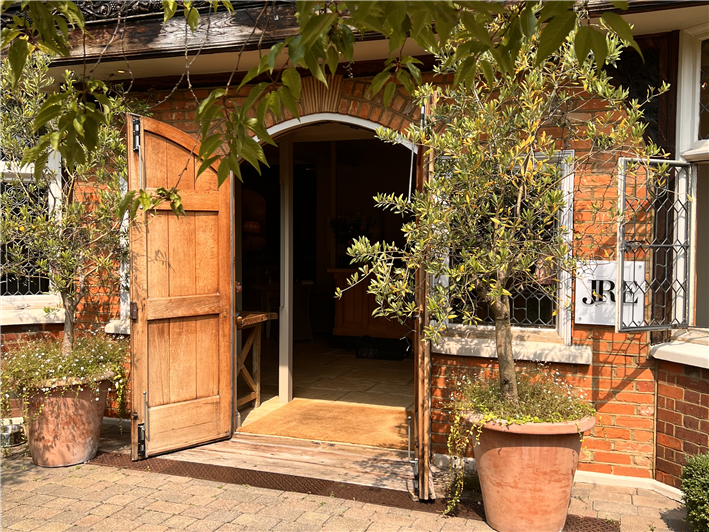
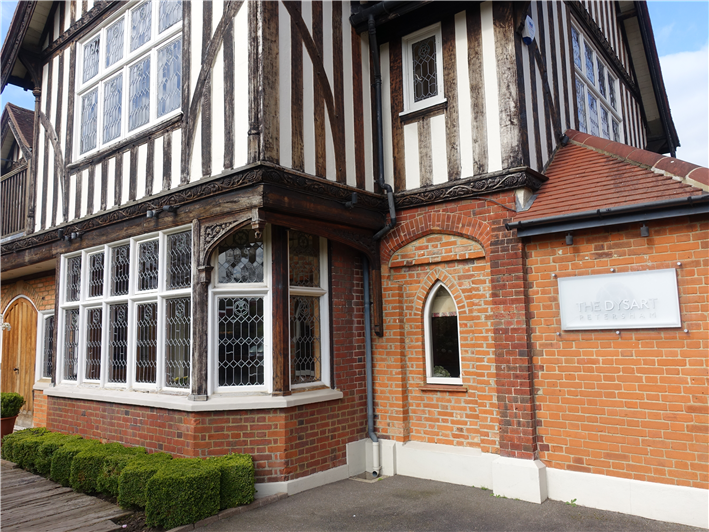
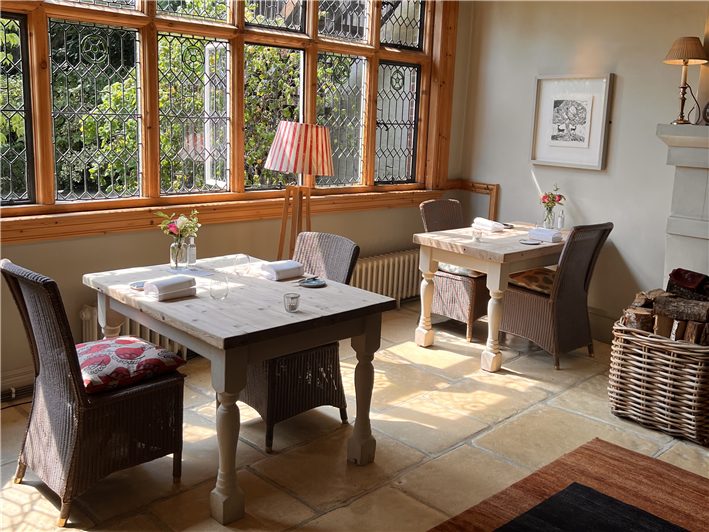
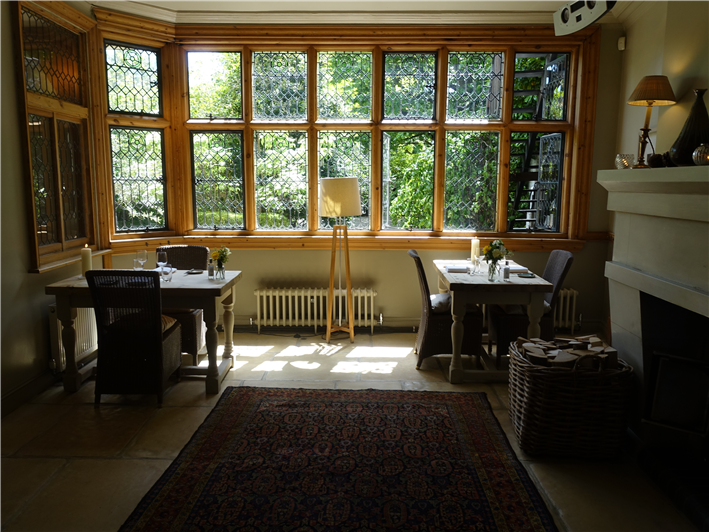

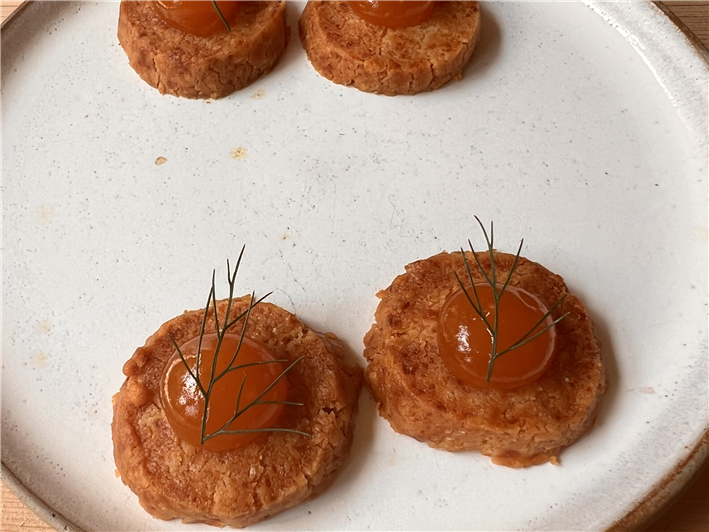
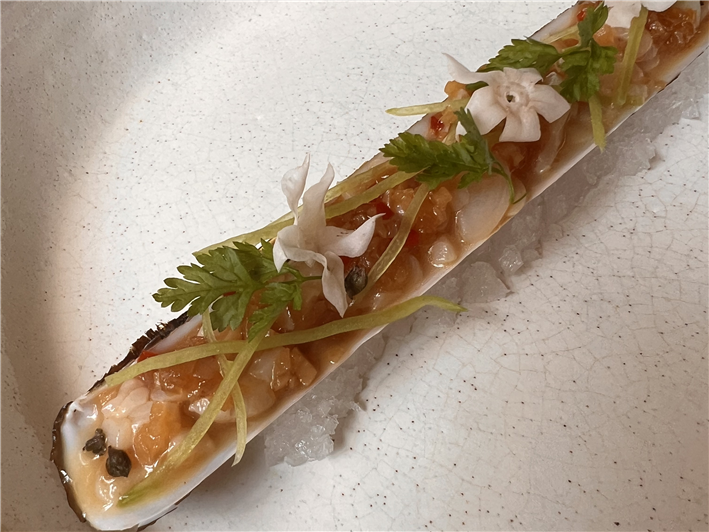
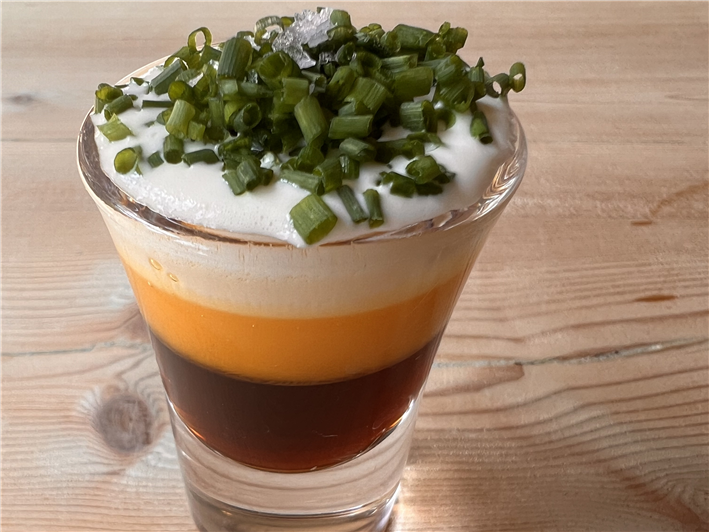
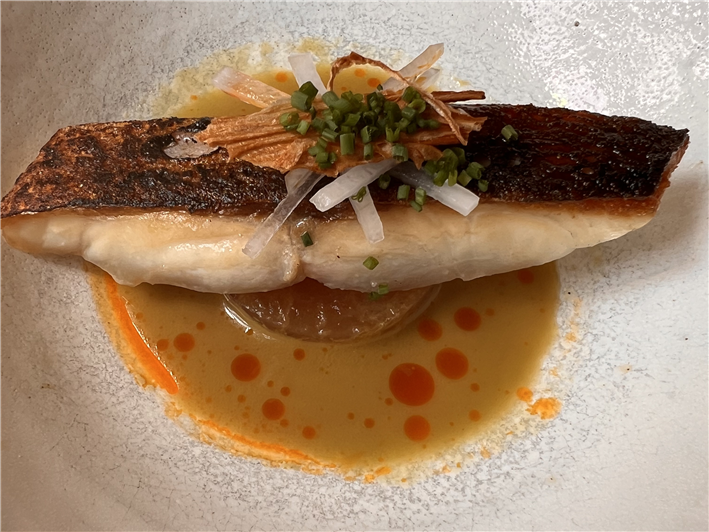




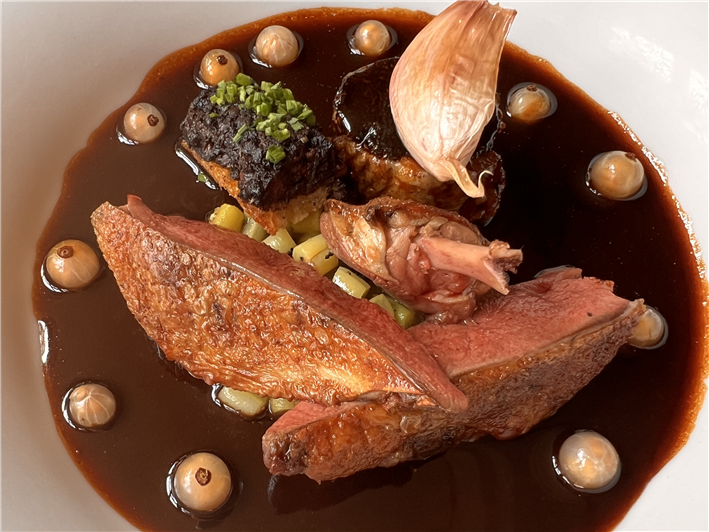

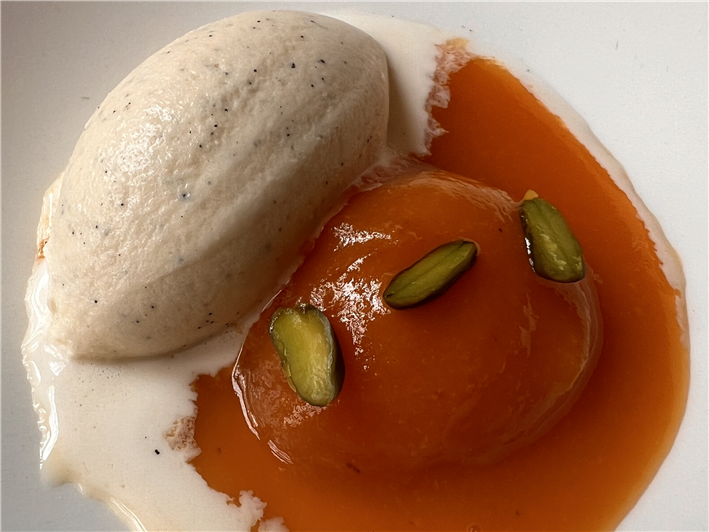
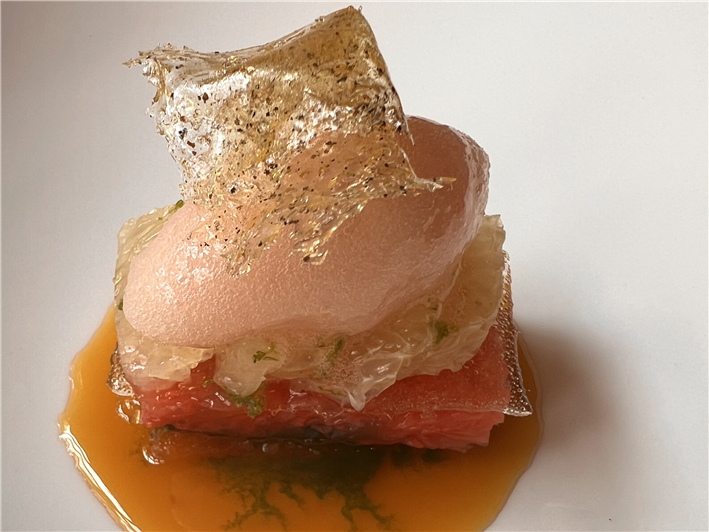

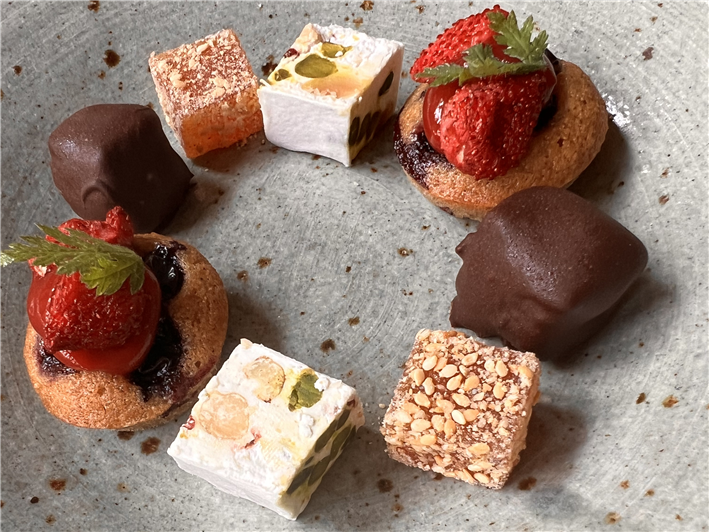
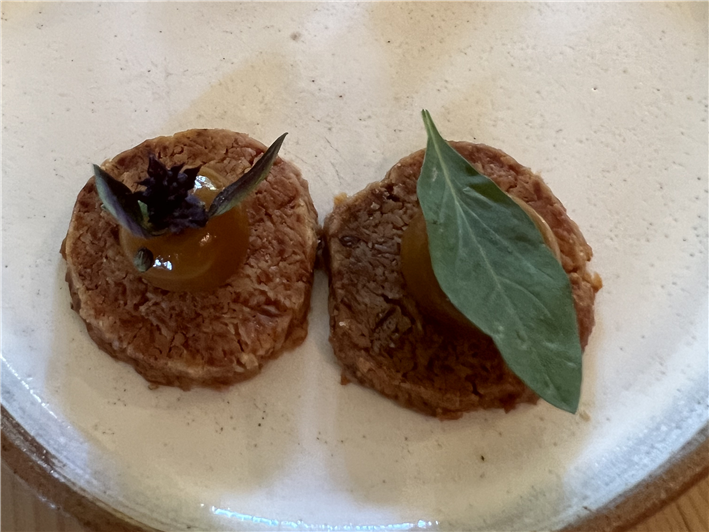
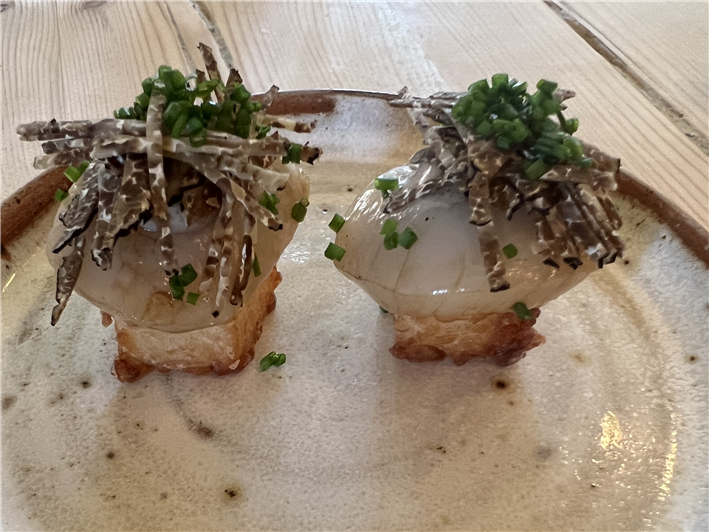
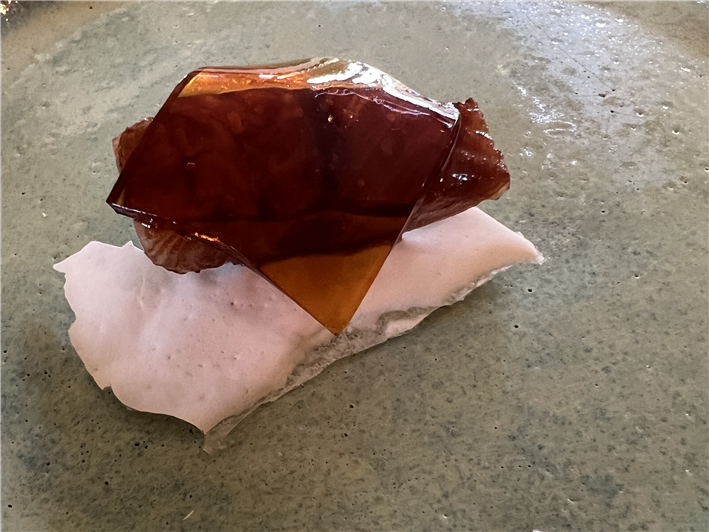
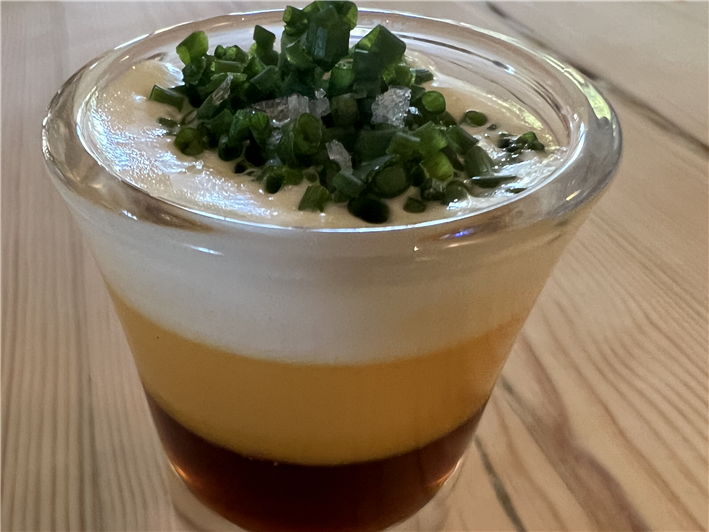
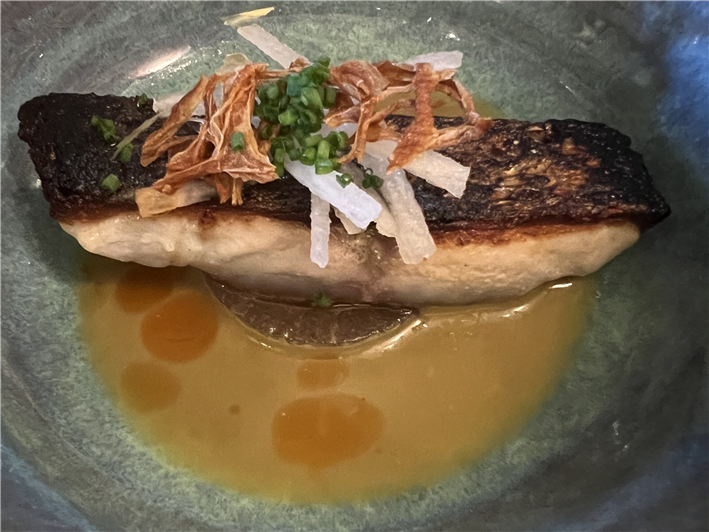
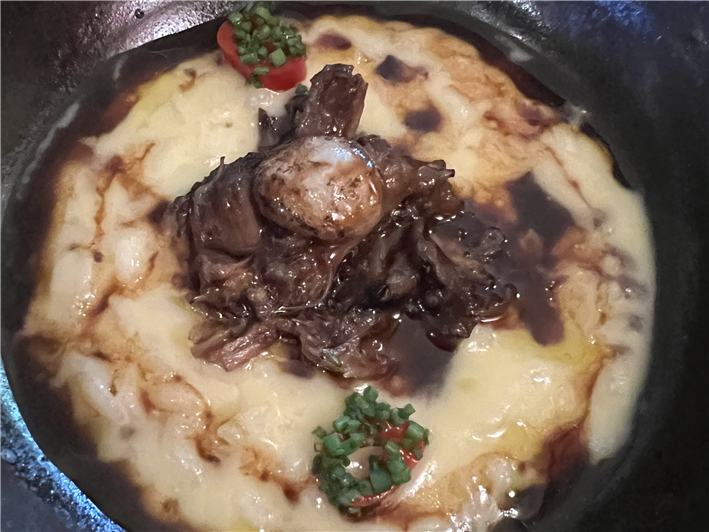
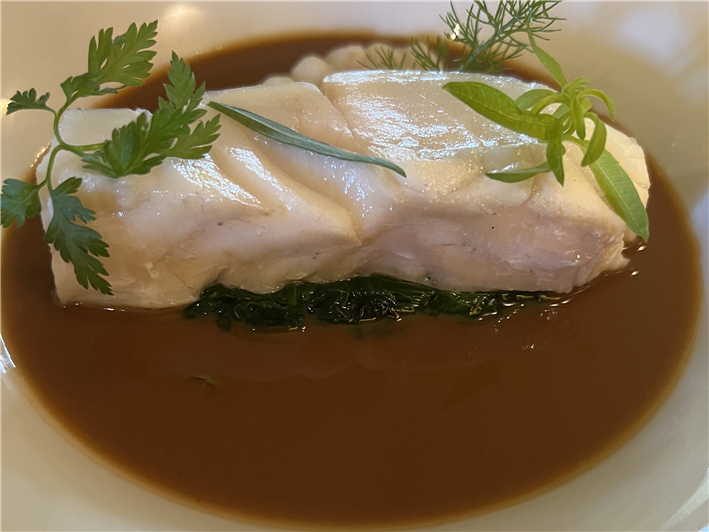
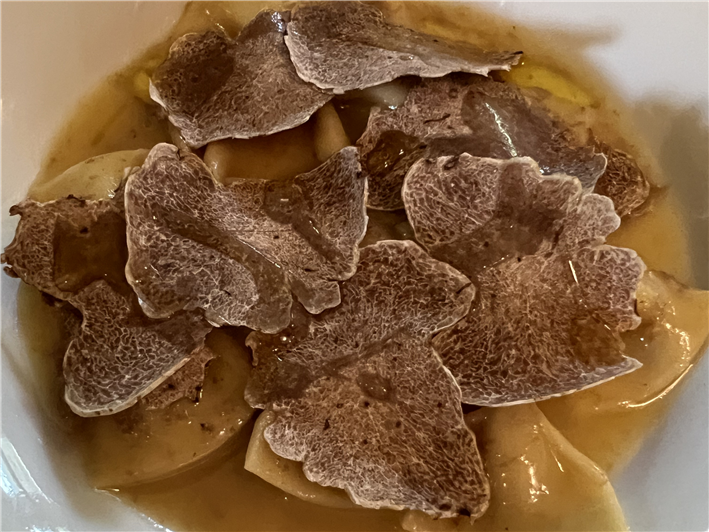
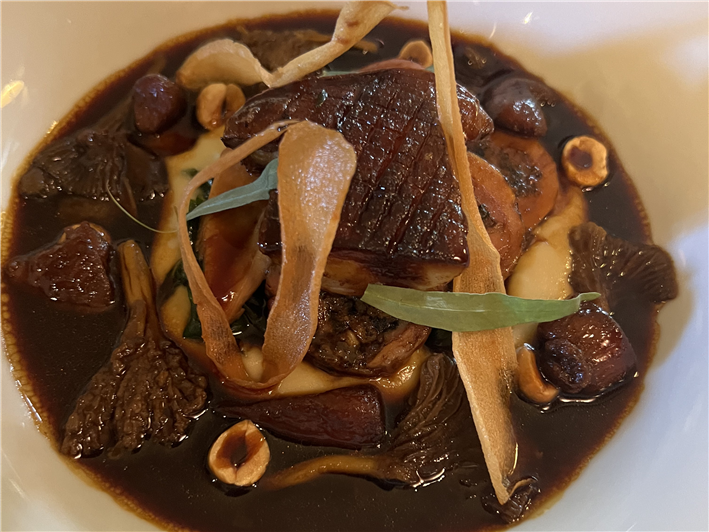
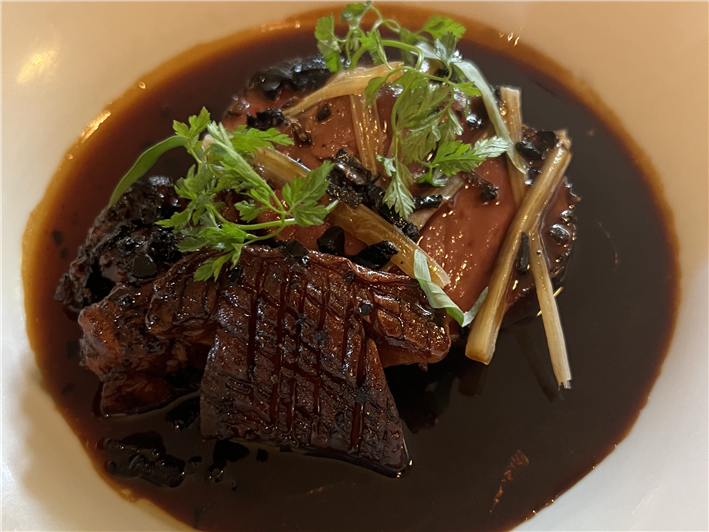
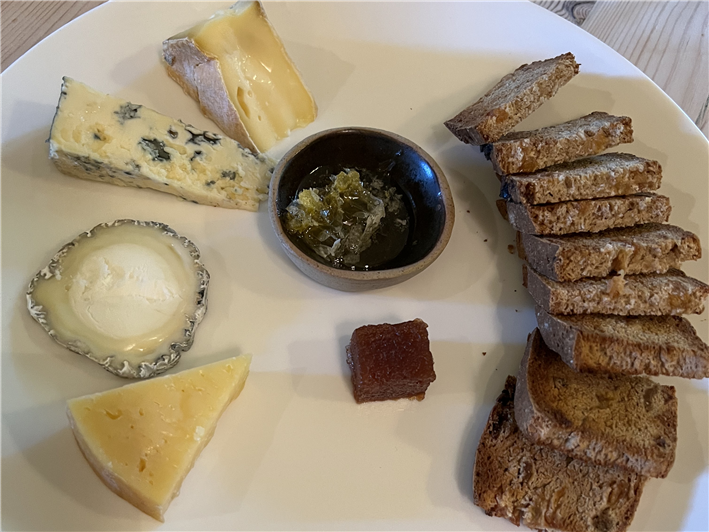



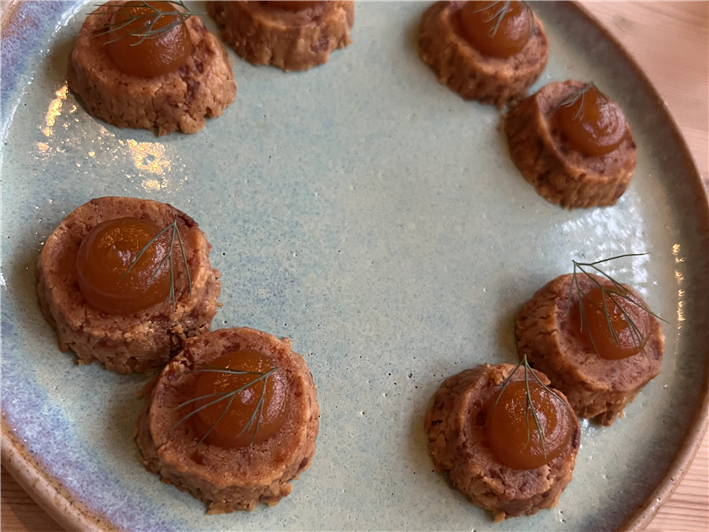


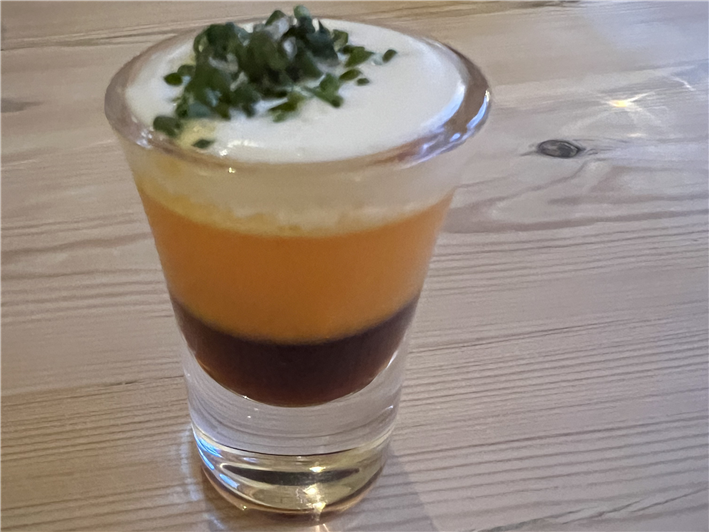
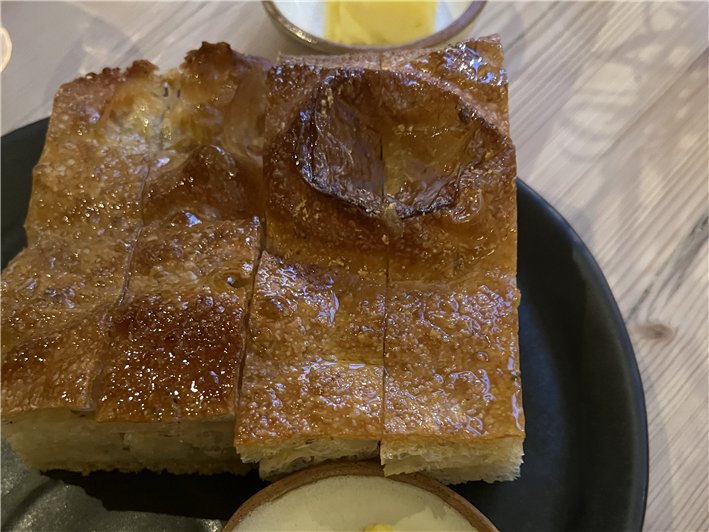
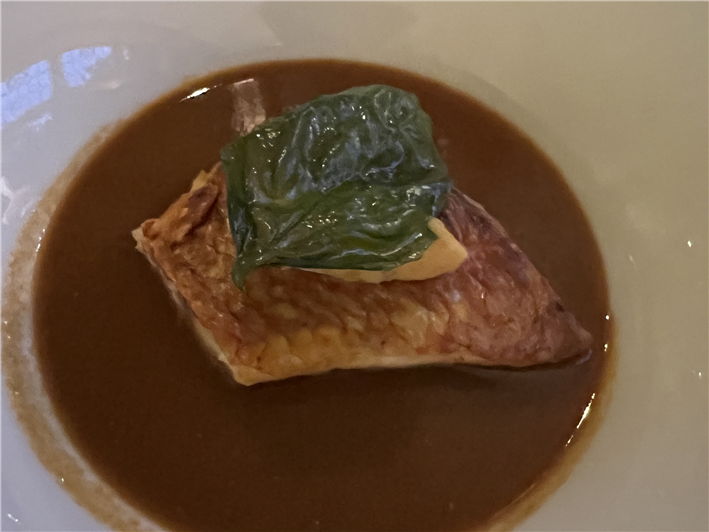
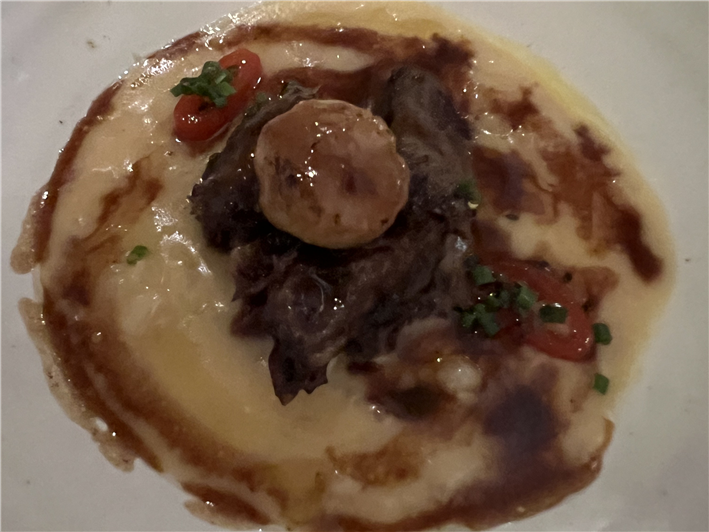
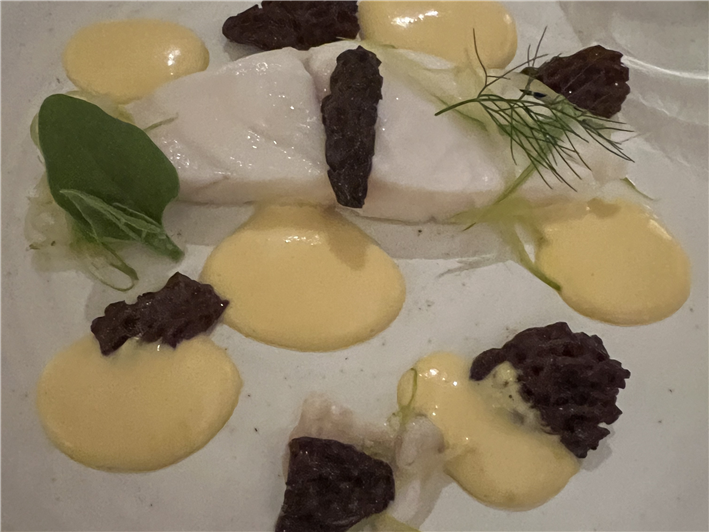
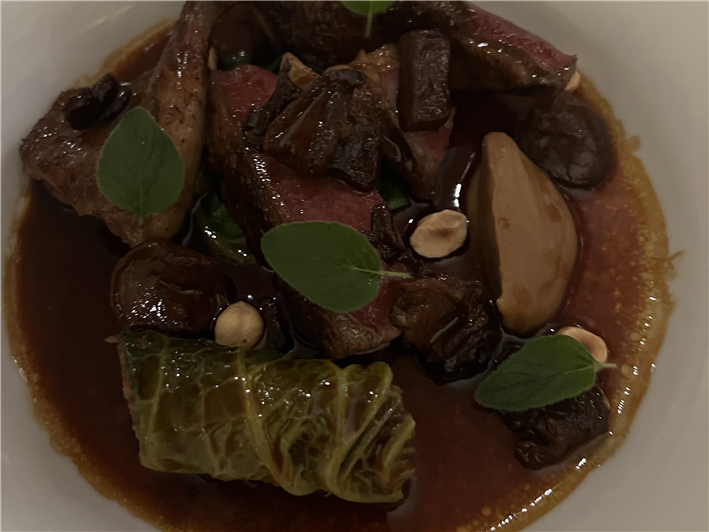
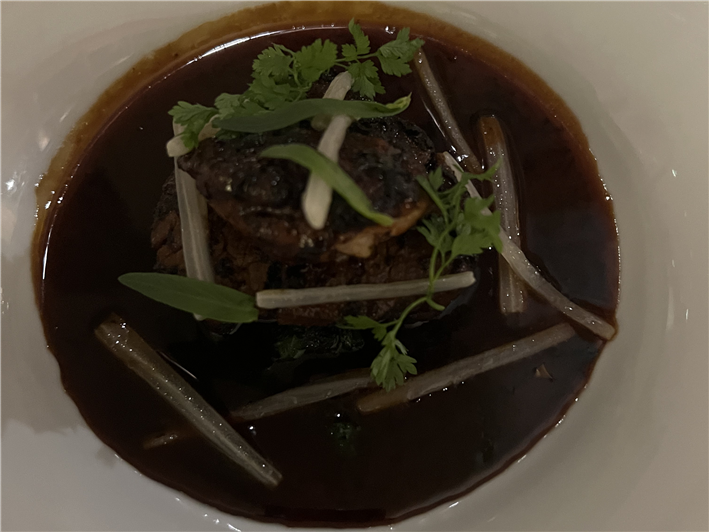

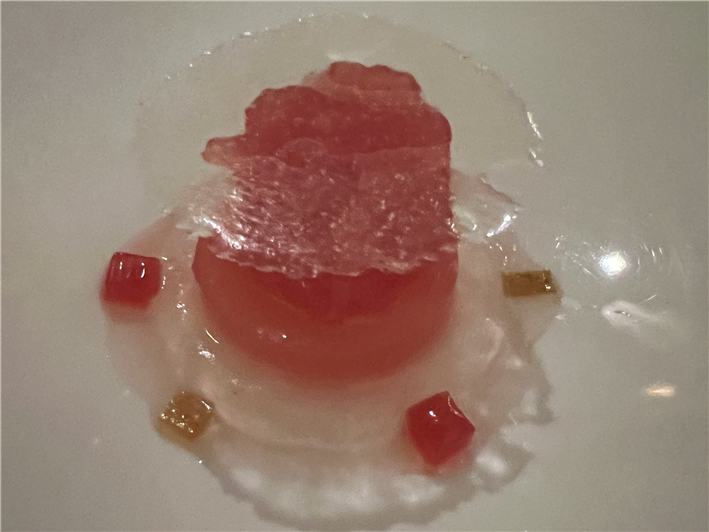
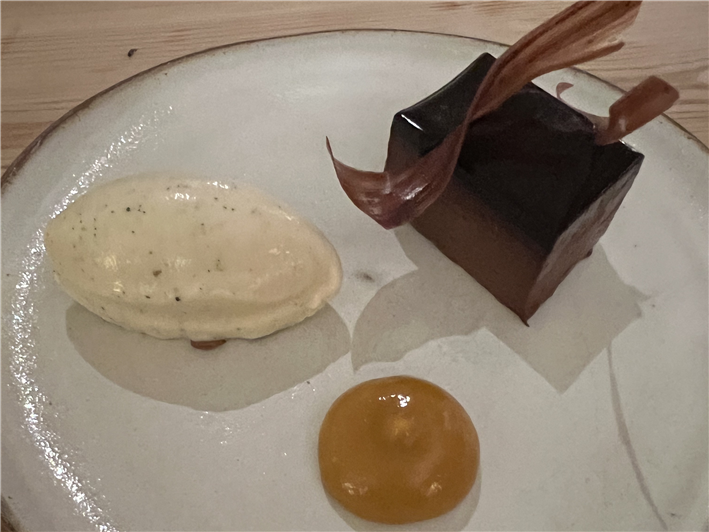
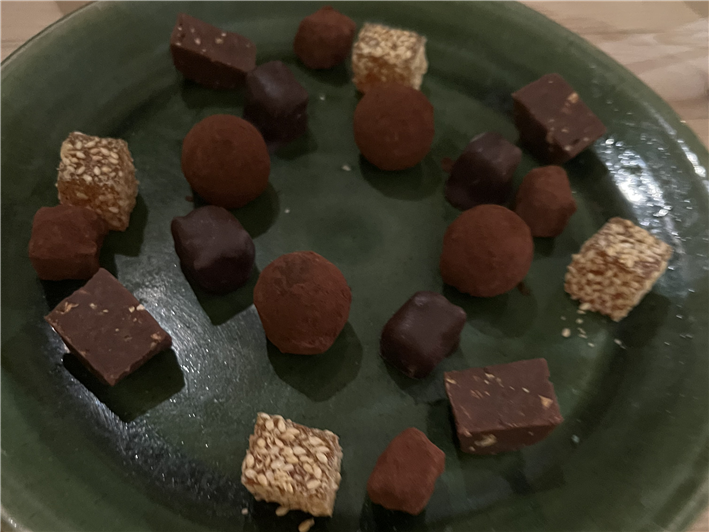
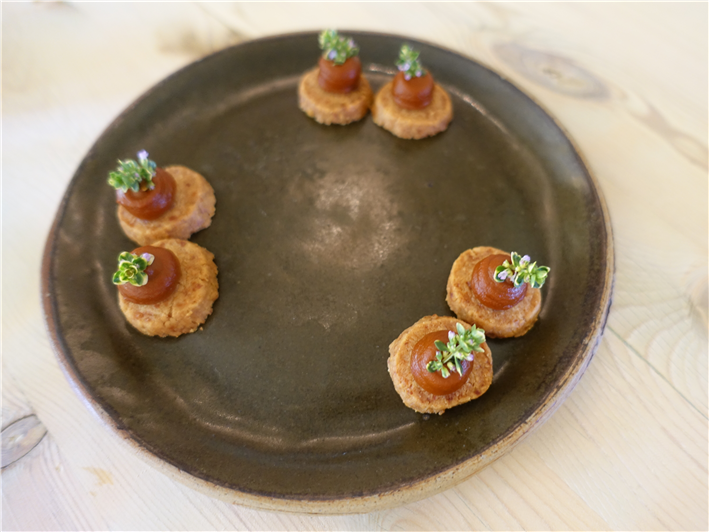

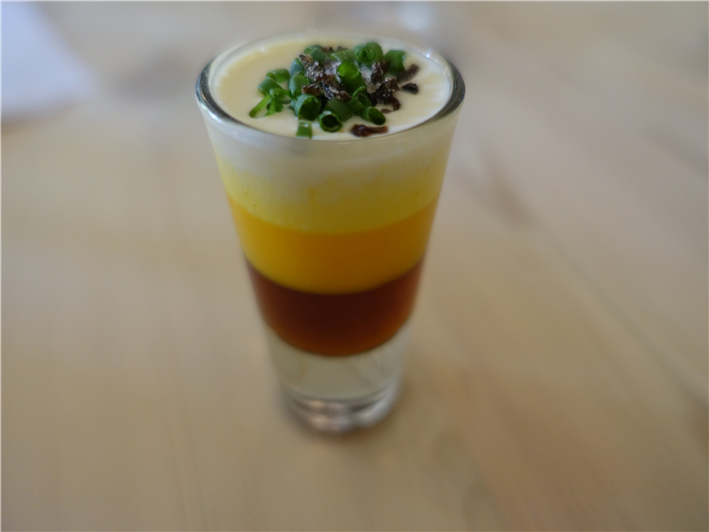
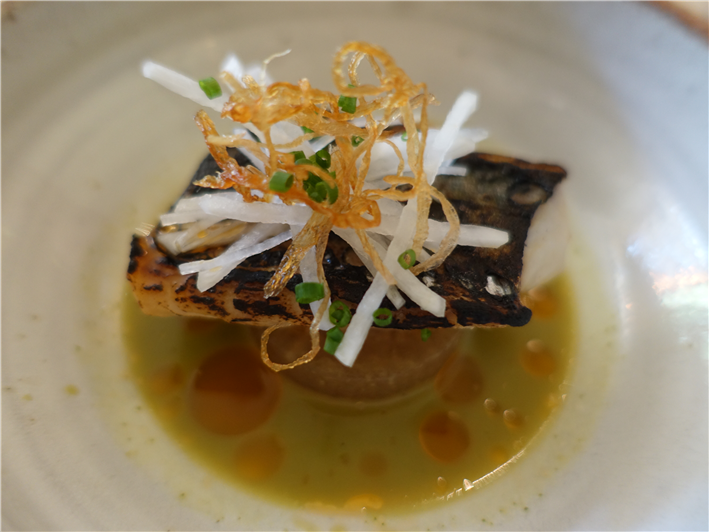
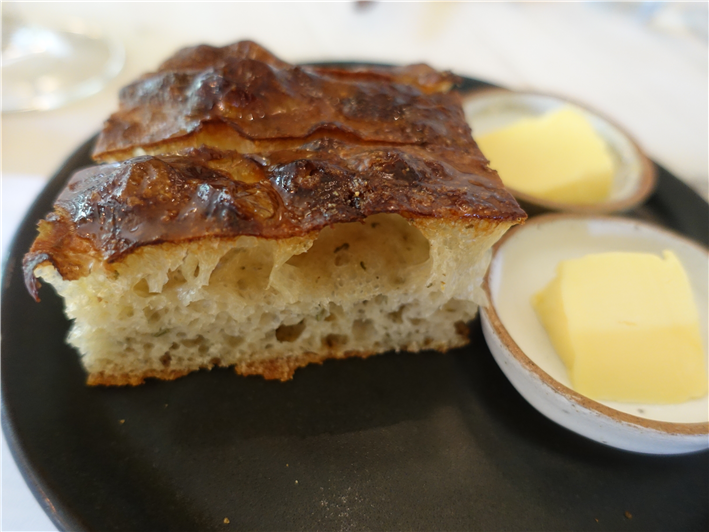
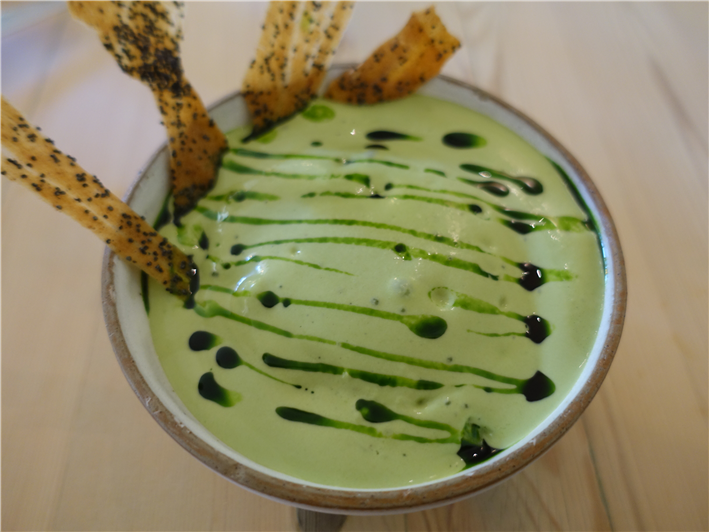
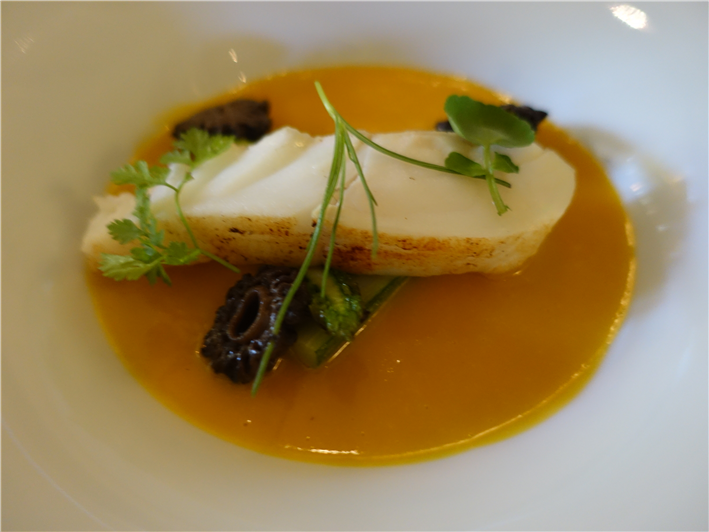
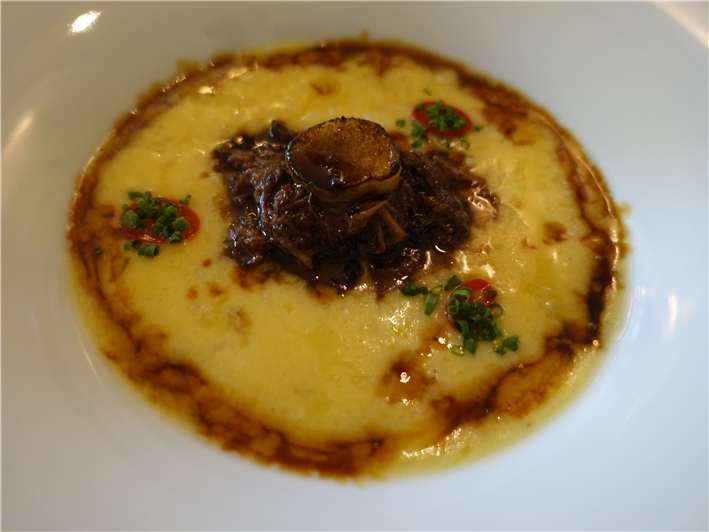
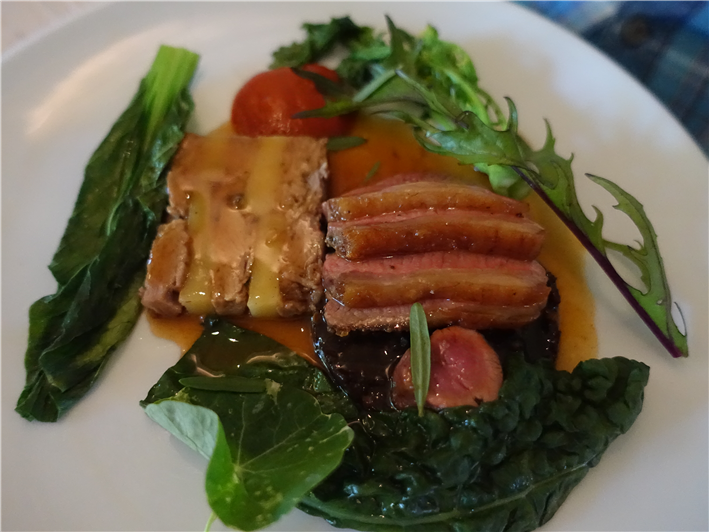


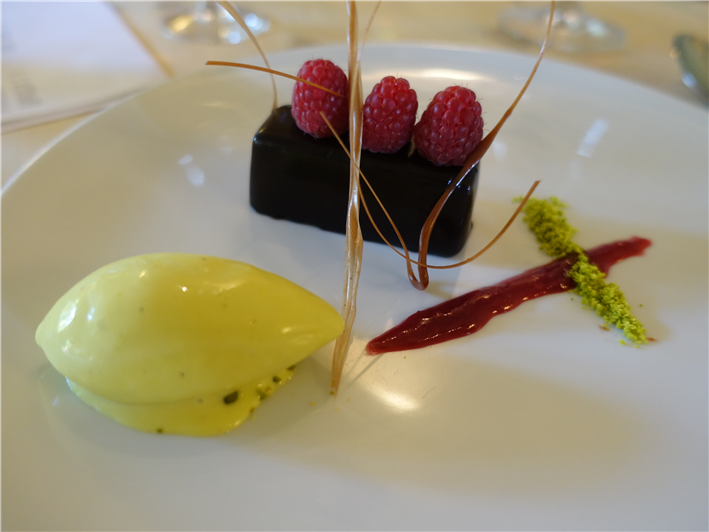
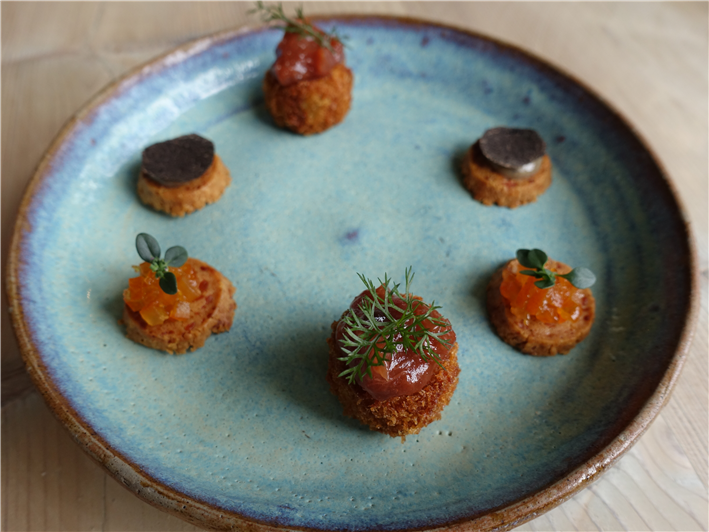
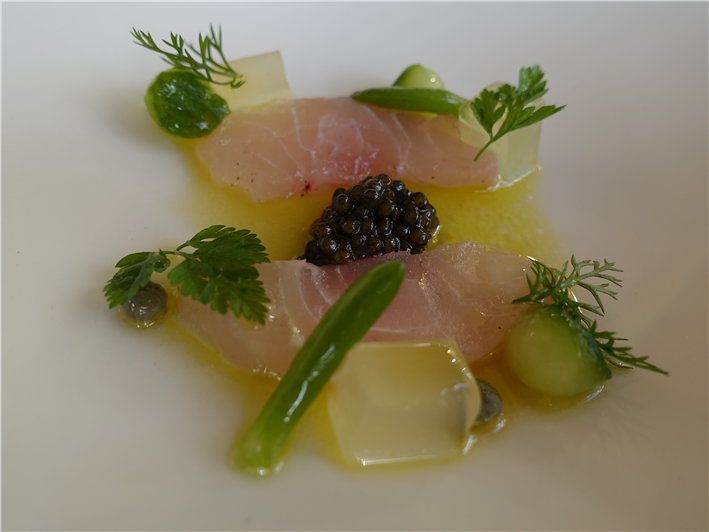

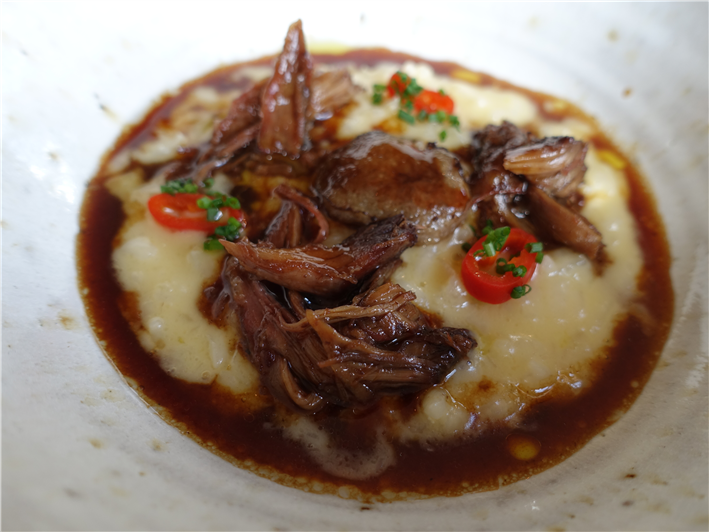

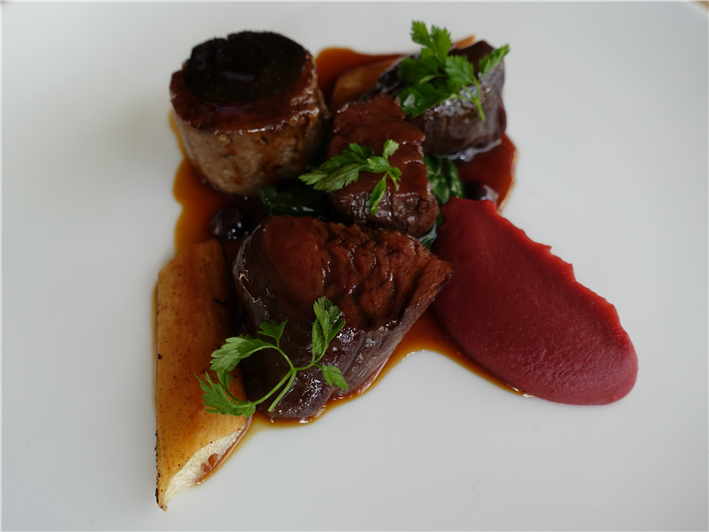

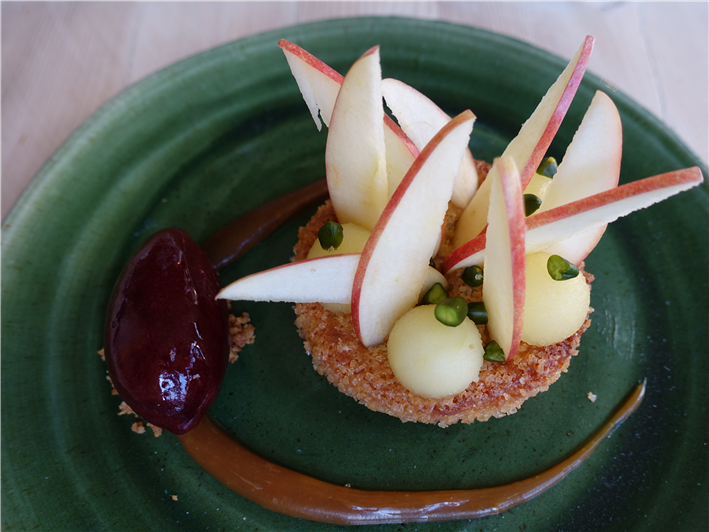
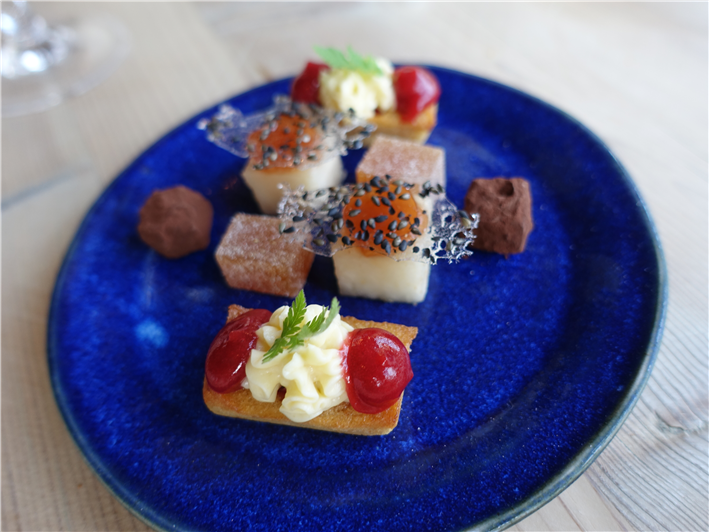
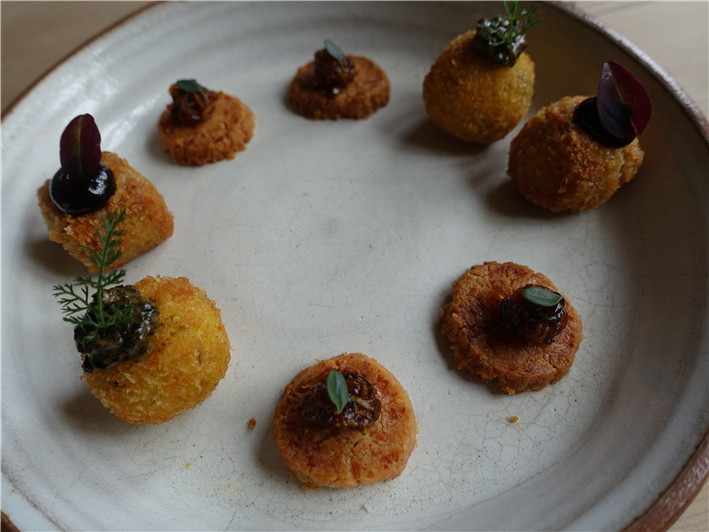
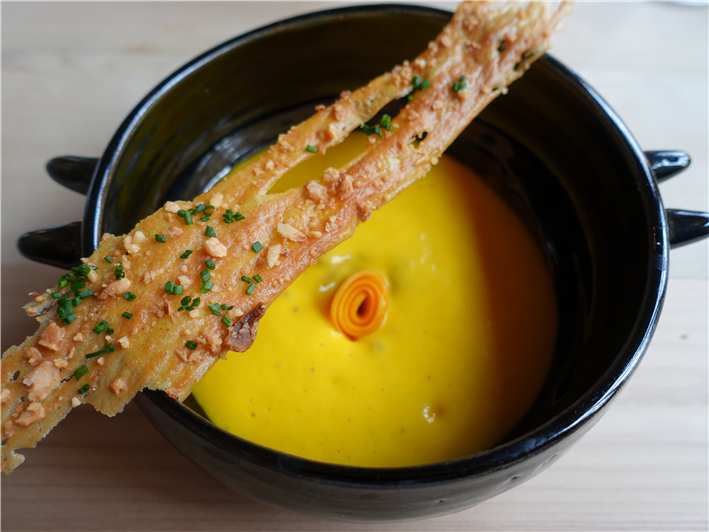
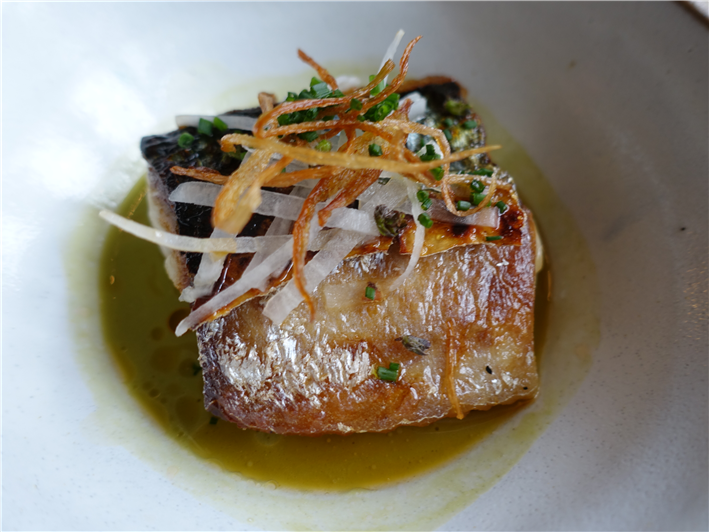
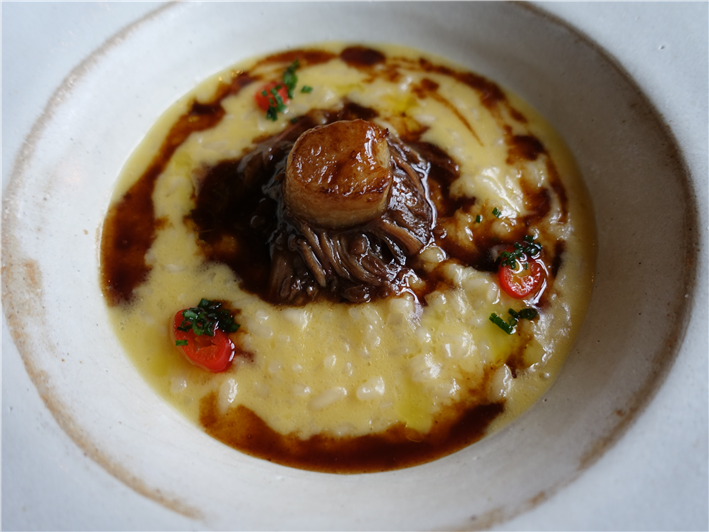
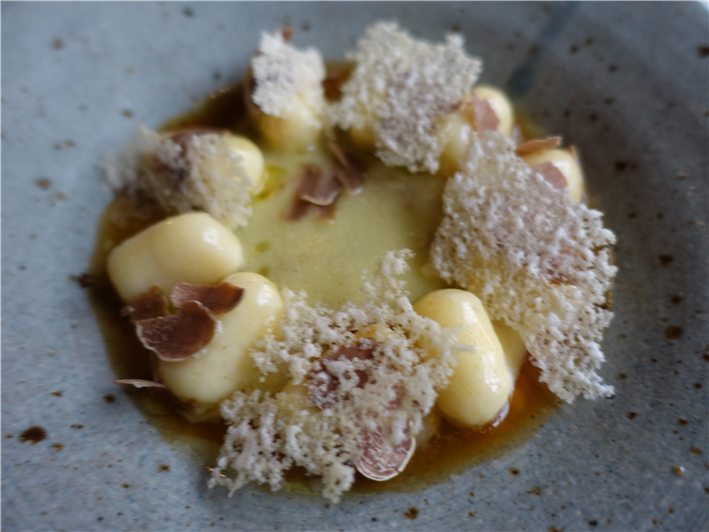



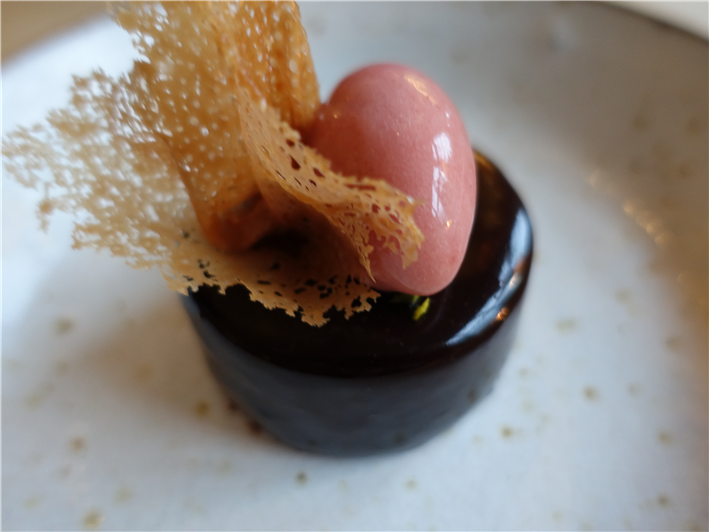
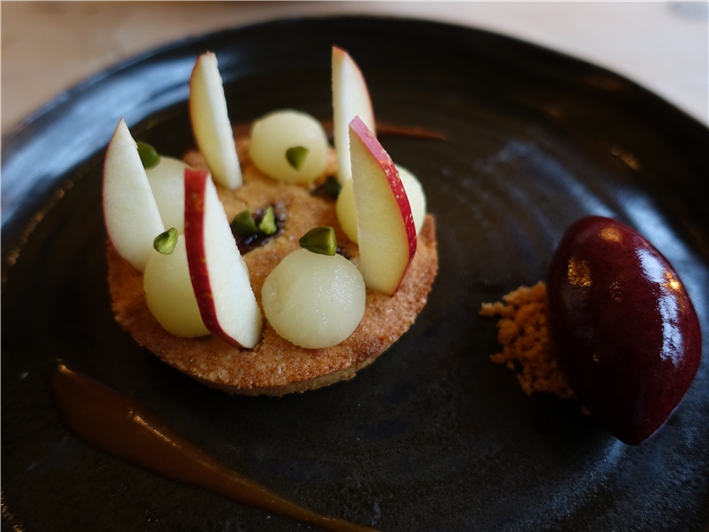

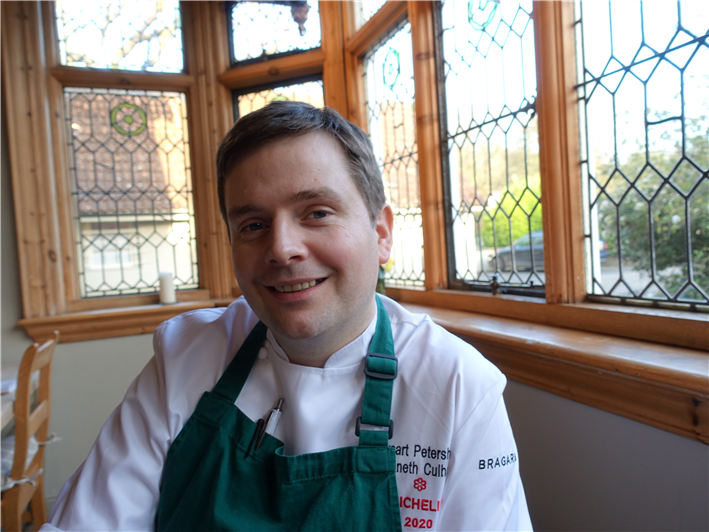

Add a comment
Thank you for submitting your comment, this will be checked and added to the website very soon.
User comments